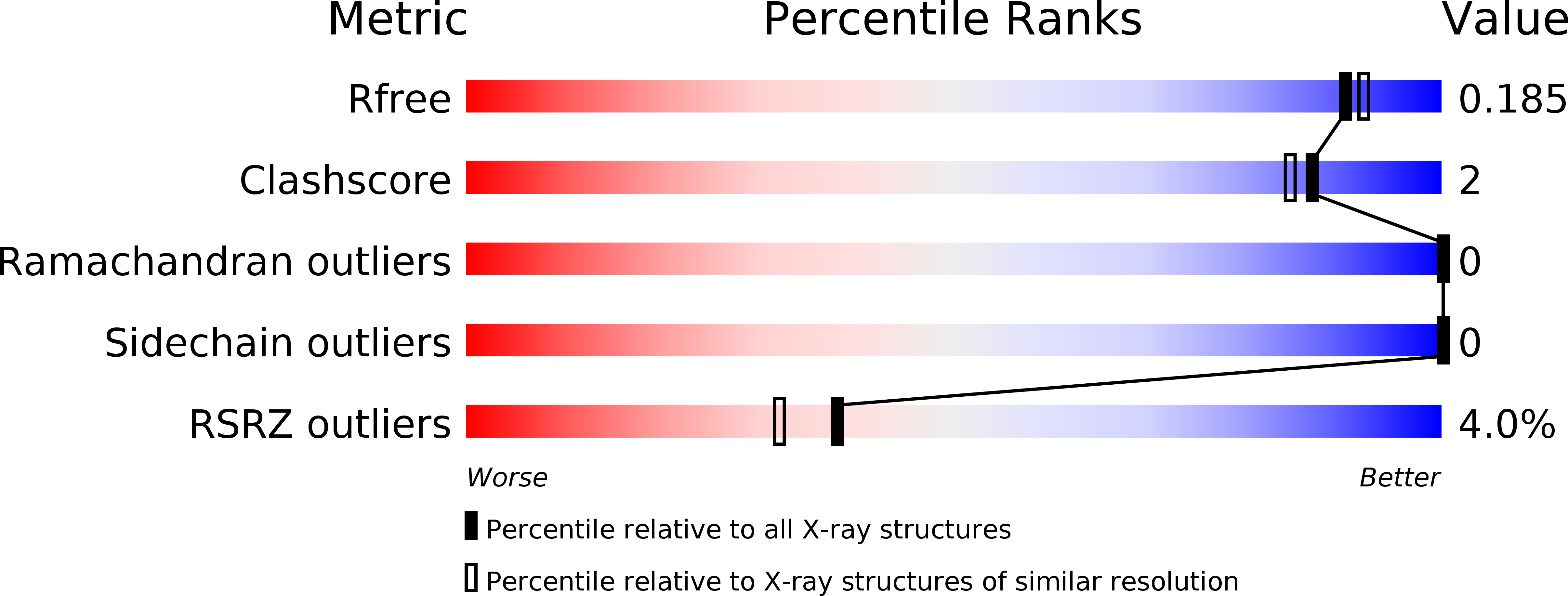
Deposition Date
2013-12-10
Release Date
2014-07-23
Last Version Date
2024-02-28
Method Details:
Experimental Method:
Resolution:
1.80 Å
R-Value Free:
0.18
R-Value Work:
0.15
R-Value Observed:
0.15
Space Group:
P 1


